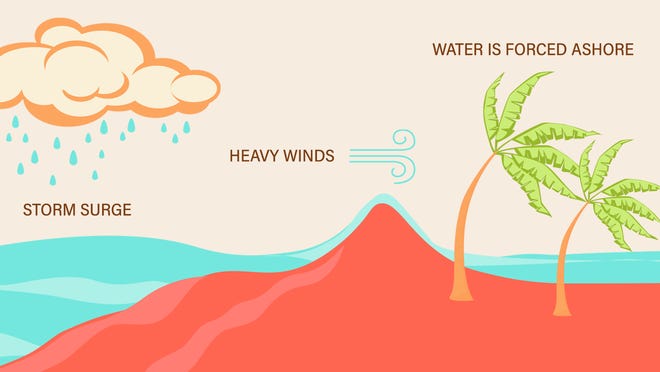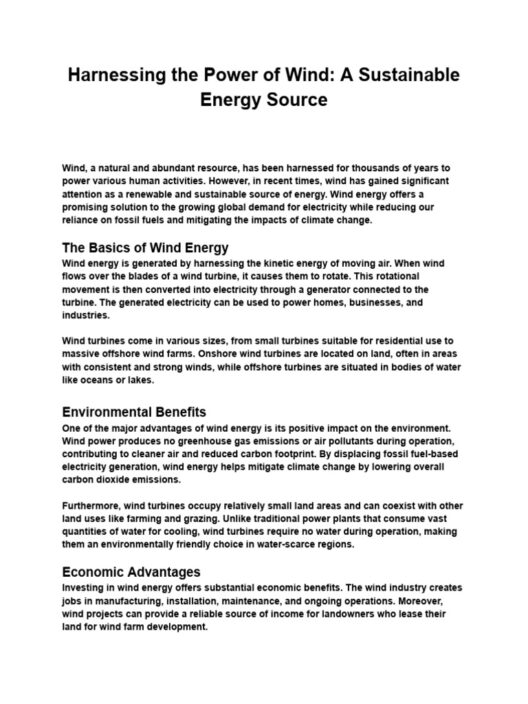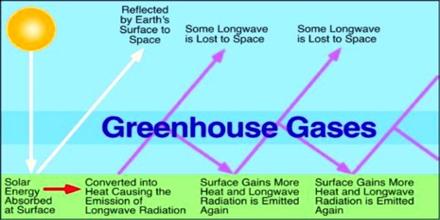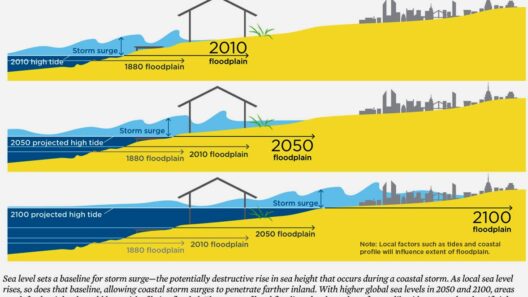As the world grapples with environmental changes, one issue at the forefront of climate discussions is the question of rising sea levels. This phenomenon affects coastal cities, ecosystems, and economies worldwide. To assess whether sea levels are indeed rising, one must delve into scientific research, historical data, and the impacts of global warming.
Understanding sea level rise involves examining various factors, including thermal expansion, ice melt, and oceanic currents. The interplay of these elements creates a complex portrait of rising oceans.
Climate Change and Thermal Expansion
One of the primary culprits behind rising sea levels is thermal expansion. As global temperatures increase, oceans absorb heat, leading to the expansion of seawater. This expansion contributes significantly to the overall rise in sea levels. Studies indicate that more than half of the observed sea level rise since the late 20th century can be attributed to this phenomenon.
In addition to thermal expansion, the melting of polar ice adds a substantial volume of water to the ocean. The two major ice sheets, Greenland and Antarctica, are melting at an accelerated pace. As glaciers recede, they release freshwater into the ocean, further exacerbating sea level rise. The Intergovernmental Panel on Climate Change (IPCC) has projected that if current trends continue, many coastal areas may experience increasing inundation scenarios.
Meltwater from glaciers is not just limited to polar regions. Mountain glaciers worldwide are also retreating. With this loss of ice, communities in regions that rely on glacial melt for freshwater are witnessing profound impacts. The disappearance of these glaciers underscores the interconnected nature of climate change effects across different ecosystems.
Historical Perspectives on Sea Level Variations
While the current climate crisis is unprecedented in its speed and scale, changes in sea levels have not been a novel occurrence throughout Earth’s history. Fossil records and geological data reveal cyclical patterns of rising and falling sea levels due to natural phenomena such as tectonic shifts and glacial cycles. However, the rate of current rise significantly exceeds historical averages, giving rise to substantial concern among climate scientists and communities alike.
For instance, during the last Ice Age, sea levels were approximately 120 meters lower compared to today, a fact that seems astounding when one considers the ease of modern navigation and ocean transport. As glaciers melted, sea levels rose rapidly, spanning thousands of years. Currently, scientists observe that sea levels are rising at a pace not seen in previous geological epochs, suggesting anthropogenic factors are the primary drivers of the current trend.
Region-Specific Trends and Implications
Understanding regional differences in sea level rise is crucial for local planning and preparedness. Notably, some areas experience higher rates of rise than others due to variances in land subsidence, ocean currents, and atmospheric pressure. For example, the southeastern United States, particularly the Gulf Coast, has some of the highest rates of sea level rise in the country.
Areas such as Miami Beach are acutely aware of the dangers posed by encroaching waters. Frequent sunny-day flooding is becoming a norm, forcing cities to reevaluate infrastructure and emergency response strategies. In response, urban planners are implementing solutions such as raised sidewalks, improved drainage systems, and seawall construction. However, these adaptations address symptoms rather than root causes.
Global Connections: The Role of Policy
Rising sea levels necessitate a multifaceted response that includes global policy measures. Climate agreements, such as the Paris Agreement, aim to limit carbon emissions, essentially tackling the root cause of global warming and, consequently, the rising sea levels attributed to it. By establishing ambitious targets for emission reductions, countries can collectively work to mitigate the impacts of climate change.
Furthermore, fostering international cooperation is vital. Many island nations face existential threats as rising oceans swallow coastlines. The need for immediate and aggressive policy action has never been clearer—resilience will require adaptive measures at both the local and global levels.
Future Projections and Scientific Research
Looking ahead, the scientific community continues to refine projections for sea level rise. Modeling efforts visualize potential scenarios based on current greenhouse gas emission trajectories. Some studies suggest that without significant mitigation efforts, sea levels may rise by more than two meters by the end of the century, posing catastrophic risks to millions of people around the globe.
The integration of satellite technology and advanced modeling techniques enhances data accuracy, offering critical insights into sea level changes. Continuous monitoring is essential for assessing conditions and informing public policy and infrastructure planning. As data accumulates, the narrative of rising sea levels unfurls, painting a dire picture of the future if unchecked.
In conclusion, the evidence supporting rising sea levels is robust. It is a multifaceted issue that intertwines climate science, historical data, and socio-economic implications. While the challenges ahead are substantial, the opportunity for meaningful action is within reach. Addressing the root causes and bolstering resilience is crucial for safeguarding vulnerable communities and ecosystems from the impending reality of rising oceans.








